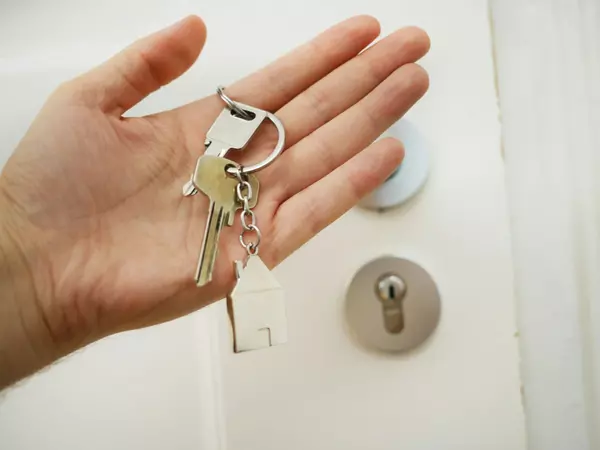Transitioning from City to Suburbs
Making the leap from city living to suburban life can be both exhilarating and daunting for many prospective homebuyers. Cities offer a pulsating vibe that can be incredibly stimulating, but suburbs introduce a suite of lifestyle and neighborhood benefits that are hard to overlook. Whether you’re considering this change for more space, better schools, or simply a shift in pace, here's a guide to adjusting to your new life in the suburbs while still finding excitement akin to city living.
One of the most significant shifts you’ll notice when moving from a bustling metropolis to a suburban enclave is the change in lifestyle. City living often involves a frenetic pace, with endless places to go and things to do at all hours. On the flip side, suburban life offers a more relaxed and slower pace, yet it doesn't mean you have to sacrifice your need for fun and engagement. While the density of restaurants, bars, and entertainment venues may not be as high as in the city, smaller cities and suburbs often offer a rich catalog of activities. Farmers’ markets, community festivals, local theater productions, and sporting events provide ample opportunities for entertainment.
In your transition, embracing these local activities is a great way to find enjoyment and establish a sense of community. Many suburbs have beautiful parks, perfect for picnicking, jogging, or family outings. Smaller cities frequently host seasonal events—think summer concerts in the park, autumn harvest festivals, and winter holiday parades. Engaging in these community-centric activities will not only fill your social calendar but also help you integrate into your new neighborhood.
When considering a home in the suburbs, pay close attention to the neighborhood. A good neighborhood can offer more than just a place to live; it can offer a sense of belonging. Look for communities with amenities that match your lifestyle needs—whether that’s good schools for your children, proximity to work, or recreational facilities like golf courses and swimming pools. Take the time to visit these neighborhoods at different times of day and week to get a real feel for the community dynamics. Speak with neighbors to gather insights and assess whether the area aligns with your life and interests.
Another perk of suburban living is the additional living space it typically affords. Larger homes and yards provide more room for growing families, pets, and gardening hobbies. Many suburbs boast excellent school districts and safer environments for raising children. The trade-off of a longer commute to work can often be balanced by these substantial lifestyle and neighborhood benefits.
Furthermore, don’t discount the culinary landscape of smaller cities. While you may miss your favorite urban eateries, you’ll often find a collection of hidden gems in suburban areas—from mom-and-pop diners offering homemade comfort food to upscale bistros spearheading farm-to-table movements. Plus, the rise of food delivery services means you’re never too far from a variety of dining options.
In conclusion, transitioning from city life to suburban living involves adjustments but also offers new opportunities. By engaging with your new community and participating in local events, you can build an enriching, rewarding lifestyle. The key takeaway for buyers is to regard the transition as a fresh chapter, filled with new experiences and ample opportunities to grow and flourish. The shift to suburban living might just turn out to be the best decision you make for your lifestyle and peace of mind.
Categories
Recent Posts










